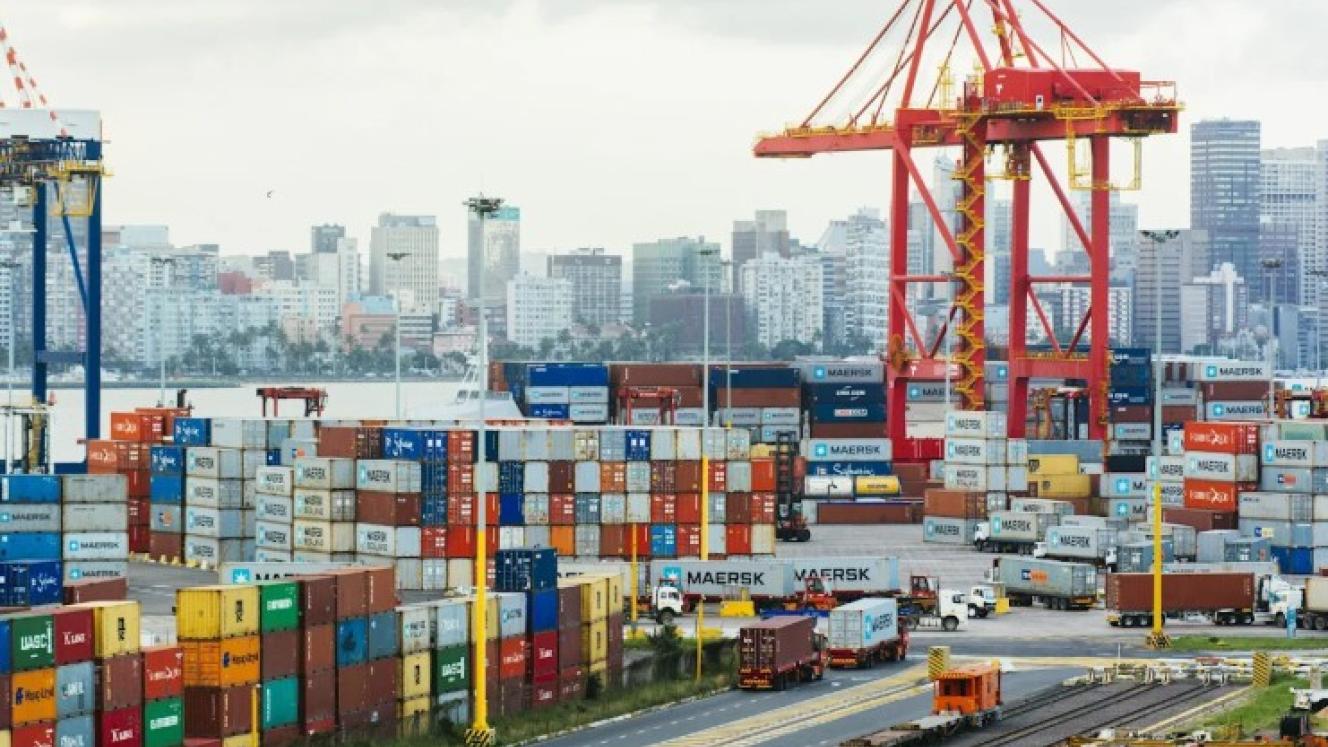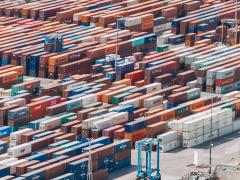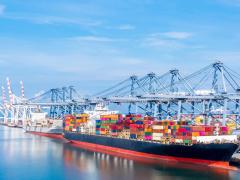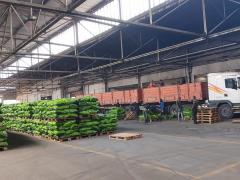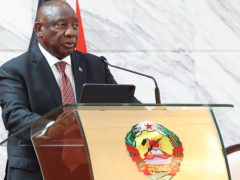Global trade patterns are undergoing one of their most dramatic shifts in decades, with emerging economies from Asia to Africa taking centre stage as manufacturers and multinationals diversify away from China.
According to a new industry study, 20 countries – including Vietnam, India, Indonesia, Mexico, Turkey and South Africa – are expected to record the fastest trade volume growth between 2025 and 2029. The diversification of supply chains, rising foreign investment and regionalisation are driving these gains, signalling a fundamental redrawing of the global trade map.
John Pearson, CEO of DHL Express, said volatility in global trade lanes had reached “nearly double” the levels seen during the pandemic, underscoring the scale of transformation facing logistics networks and global exporters.
Despite policy shocks and increased protectionism, global trade has remained far more resilient than many analysts expected. A new special update to the DHL Global Connectedness Tracker, compiled in partnership with New York University’s Stern School of Business, found that in the first half of 2025, international trade grew faster than in any comparable period since 2010 – excluding the temporary rebound that followed the pandemic.
One of the key drivers was a surge in US imports in early 2025, as buyers frontloaded orders ahead of tariff hikes. Meanwhile, China offset its export losses to the US by increasing shipments to other regions – exports to the ASEAN bloc rose by 15%, to Africa by 25%, and to the European Union by 8%.
“Trade will always find a way,” said Pearson.
“The lanes may be different, but the volumes still flow. Global trade is rather like water – it always finds its way to the sea.”
According to Professor Steven Altman from the NYU Stern School of Business, these patterns demonstrate that globalisation has not gone into reverse, even amid the most turbulent trade policy environment in decades.
“Companies are managing the risks and opportunities of a connected world rather than retreating from international markets,” he said.
Altman said that while the US share of global imports had fallen from 13% to 9%, most countries had not followed Washington in raising broad-based tariffs. As a result, world trade is expected to continue expanding at around 2.5% annually through 2029 – matching the pace of the previous decade. The steepest downgrade in forecasts was recorded in North America, while projections for South and Central America and the Middle East and North Africa were revised upward.
He said an interesting finding in the study was that trade was not becoming more regional. The average distance travelled by traded goods rose to nearly 5 000 kilometres, a new record, and the share of trade within world regions fell to an all-time low of just over 50%. This indicates that companies are continuing to operate globally, even as they diversify supply chains for resilience.
According to Altman, this is very apparent in Sub-Saharan Africa, where trade value rose 9.7% in the second half of 2025, outpacing global averages. Ghana, Zambia, Côte d’Ivoire and the Democratic Republic of Congo recorded the highest absolute growth.
“Africa is the continent of the future, now more than ever,” said Pearson, indicating that the implementation of the African Continental Free Trade Area (AfCFTA) was a further catalyst for long-term growth.
“Free trade won’t be built in a day,” he said.
“Logistics provides the backbone. It’s the biggest accelerator of trade on the continent.”


